Your Pinterest influencer marketing blueprint

Table of Contents
Forget chasing trends. Pinterest is where people plan them weeks, sometimes months, before anyone else catches on. That future-focused mindset makes Pinterest a powerful space for influencer marketing, even if brands aren’t quite sure how to tap into it.
Pinterest works differently than other social networks. It functions more like a digital mood board than a newsfeed. It’s the place where people look for inspiration on everything from kitchen remodels to capsule wardrobes to holiday wish lists. Pins also have a long lifespan. A single piece of content can resurface for months, even years, driving traffic and conversions long after a campaign ends.
This article breaks down why you should try Pinterest influencer marketing and how to build impactful campaigns that drive measurable results. You’ll see what makes creator content perform over time and how top brands in food, fashion, home and beauty are using Pinterest to grow.
Why Pinterest matters for influencer marketing
Few social networks connect curiosity and intent as seamlessly as Pinterest. With over 553 million monthly active users and a 23% year-over-year audience growth rate, it’s one of the fastest-growing social networks, second only to Instagram.
Pinterest also brings a set of characteristics that make influencer marketing especially effective.
A search engine for inspiration
Pinterest functions like a visual search engine. In an independent Adobe study, 73% of respondents said Pinterest’s visual search results outperform traditional search and 36% of respondents start their searches on Pinterest instead of Google or Bing. Users here are actively searching, saving and organizing ideas, giving brands the chance to reach high-intent shoppers while they’re planning what to buy or do next.
A different kind of user intent
Every social network fulfills different user needs. According to Sprout’s 2024 Social Media Content Strategy Report, Instagram is where people scroll to connect with friends and unwind. TikTok is the go-to for short-form entertainment and trend discovery. Facebook is a hub for news, local updates and customer service interactions. And Pinterest is a space to source and collect fresh ideas without the noise of other networks. At this year’s ZCon, influencer Nia Soux even called the network her “happy place” and finds it relaxing.
Content that lasts
Pinterest rewards patience and quality. A strong Pin can keep circulating as users save, search and share it across the platform. Pinterest reports that high-quality content often reappears seasonally as people return to plan new projects. That steady rediscovery can turn a single campaign into a long-term source of engagement and traffic.
A direct line from idea to purchase
Features like Shoppable Pins, product tags and built-in links shorten the path to checkout for Pinterest users. A Nielsen analysis found that Pinterest campaigns deliver a 32% higher return on ad spend (ROAS) than other digital platforms, making it a high-performing channel for sponsored content.
Seasonal discovery
Sprout Social’s Q4 2025 Pulse Survey found that 45% of social users are most likely to turn to social media for holiday gift ideas, second only to physical stores. This number rises among Gen Z (63%) and Millennials (51%), two groups highly active on Pinterest. Not only that but, 80% of social users plan to use social media as much if not more to find gifts this year compared to 2024.

Pinterest captures this intent earlier than most platforms. Some 96% of searches are non-branded, indicating that people are open to discovering new products and creators. Another 31% of users create gift lists as early as October, and they spend 12% more during the holidays than non-users. These patterns show how early planning turns into purchasing decisions, giving brands and influencers a head start in the buying journey.
All these insights point to one thing: Pinterest users and content behave differently from other networks. People come here with a plan, searching for something specific, like what to make for dinner or how to decorate a room. When influencers share helpful content, such as recipes or DIY guides, they meet their audience right at that moment of action.
Additionally, since Pins live longer and most searches are non-branded, influencer content here works more like evergreen SEO. As long as it aligns with what people are searching for, a single campaign can attract new audiences and deliver results long after it goes live.
How brands can build a Pinterest influencer marketing strategy
Diving into Pinterest influencer marketing without a strategy is like assembling IKEA furniture without the manual. Even if you have all the right pieces—creative concepts, clear goals, brand-aligned influencers—you need a plan to make them fit together.
From finding the right creators to turning inspiration into measurable results, this section breaks the whole process down step by step.
1. Define and align your goals
Before you pick influencers or plan content, decide what you want to get out of it. More traffic? More sales? More people discovering your brand? Your goals shape every choice that follows.
Once you know what you’re aiming for, connect your Pinterest campaigns to your bigger marketing efforts. If you’re focused on driving purchases, partner with influencers who create how-to content or product Pins people can shop from, like seasonal decor tutorials or quick recipe videos that link directly to ingredients. If you’re building awareness, look for thought leaders and trendsetters who are already starting conversations in your niche.
When your goals and partnerships work together, your Pinterest influencer strategy becomes part of a bigger picture that supports the rest of your marketing.
2. Budget for influencer partnerships and paid amplification
A solid influencer marketing budget sets the foundation for a smooth campaign. Research the types of influencers you want to work with and what their rates typically look like. Pricing will vary based on follower size, engagement and the type of content you want, so gather a few examples before finalizing the numbers.
Once you secure your partnerships, plan for paid support. Turning top-performing influencer Pins—like a shelf styling guide that’s getting a lot of saves—into ads helps extend their reach and keep engagement growing well beyond the initial launch. Even a small boost can make a big difference, especially when you promote Pins that already show strong organic performance.
3. Find and vet Pinterest influencers
Finding the right influencers is more about fit than follower count. First, outline what matters most to your brand, such as their niche, content style, engagement rate and audience demographics. This will be your criteria for evaluating potential partners.
Then, use Pinterest itself as a research starting point. Search for keywords and categories related to your products or services to find influencers who appear in relevant results. A sustainable fashion brand might look for influencers who post eco-friendly outfit ideas and use keywords like “capsule wardrobe” or “slow style.” Check what competitors and similar brands are doing and note which partnerships seem to drive strong engagement.
To speed up the process, use influencer marketing tools like Sprout Social Influencer Marketing. Its AI-powered discovery and vetting features can help you quickly identify potential partners and analyze whether their content topics, reach and engagement align with your campaign goals.
4. Start your partnerships on the right foot
When you reach out to influencers, personalize your message. Reference their content, explain why they’re a fit and share what you hope to achieve together. Influencer partnerships are a two-way street. Clear communication and mutual respect at the start set you up for smooth campaigns later.
Once you’re aligned, create a clear influencer marketing brief that outlines your goals, key messages, approved visuals and example Pins. Think of it as a roadmap, not a script. Influencers know what resonates with their audience, so leave space for their creativity. Striking a balance between brand direction and influencer voice will lead to better content and campaigns that feel authentic to everyone involved.
5. Track key metrics to prove ROI
Data is what turns a good Pinterest marketing campaign into a repeatable one. Once your influencer content is live, track key metrics like website traffic, outbound clicks, conversions and Pin saves. Saves are especially telling as they signal long-term interest and can drive long-term traffic.
Also, compare the performance of your influencer Pins to your brand’s organic content. Which visuals, formats and keywords get the most engagement? These insights will help you spot what’s connecting and what deserves paid support or repurposing across other channels.
Lastly, use all this data to calculate ROI. Combine campaign costs with measurable outcomes, such as conversions or revenue driven by tracked links. The more you tie performance back to business impact, the easier it is to prove the value of Pinterest influencer marketing and build the case for bigger campaigns in the future.
Best practices to maximize engagement and conversions
It takes more than pretty pictures to get noticed on Pinterest. The brands that see results blend creativity with strategy, fine-tuning for search, experimenting with content formats and building strong partnerships with influencers of all sizes. When all those pieces come together, every Pin works harder.
Here’s how to get it right:
Optimize for search
The right keywords help your Pins show up when users search for everything from “modern home office ideas” to “easy weeknight dinners.”
Start by researching trending topics and common search phrases in your niche. Pinterest Trends and the platform’s search bar suggestions are great places to spot what people are already exploring. Once you have a solid list, weave them naturally into your Pin titles, descriptions and Board names.
Small details go a long way. A Pin titled “Cozy fall outfit ideas” will likely perform better than one labeled “My favorite looks.” Clear, searchable language tells Pinterest exactly where to surface your content. Over time, those consistent keyword signals help your Pins stay visible longer and reach people who are ready to take action.
Use high-converting content formats
Each content format on Pinterest plays a different role in moving people from discovery to action. Think of them as tools in a creative toolbox, each one built for a different job.
- Idea Pins work best for storytelling and education. Use them for tutorials, DIYs or step-by-step guides. They’re great for building awareness and trust.
- Video Pins catch attention fast. Keep them short, visually striking and ensure they work with or without sound. Use captions or text overlays to make your message clear within the first few seconds.
- Shoppable Product Pins close the loop. Tag products directly in the Pin so users can move from “I love that” to checkout in a few taps.
Together, these formats give you room to experiment. Mix them into your content plan, test what drives the most engagement and adjust based on performance.
Embrace micro- and nano-Influencers for authentic reach
What micro-influencers and nano-influencers lack in follower count, they typically make up for in engagement and trust. They also often specialize deeply in one area, which helps their content feel more useful than promotional.
Start by identifying creators whose content already aligns with your niche. A UK homeware brand might collaborate with a London-based DIY creator known for renter-friendly upgrades. An Australian travel company might work with a nano-influencer who documents hidden-coast road trips and local weekend escapes.
These partnerships often deliver more meaningful results for less budget, giving brands a chance to test creative ideas and gather insights before scaling up. Plus, their Pins blend seamlessly into search results, sparking saves and clicks from people genuinely interested in their niche.
Cultivate long-term influencer relationships
The more consistently your brand shows up through trusted influencers, the more familiar and credible it feels to audiences. Long-term partnerships help you build that kind of trust.
Start by nurturing influencer relationships beyond a single campaign. Keep in touch with influencers who perform well and involve them in your planning process. When creators understand your goals and brand story, their content feels more natural and their audience starts to recognize your brand as part of their regular inspiration feed.
For example, a US furniture retailer might work with the same interior design influencer across multiple seasonal collections. Or a UK food brand could partner with a recipe creator throughout the year to highlight new product launches.
These types of ongoing collaborations help influencers tell your brand’s story in a steady, believable way.
Integrate Pinterest influencer marketing into your social strategy
Pinterest shouldn’t live in a silo. Share influencer content across your other social channels to expand visibility. Repurpose top-performing Pins for ads or your website, making sure you have the proper rights in place.
An activewear brand, for example, might post a behind-the-scenes look at a new collection on TikTok, point followers to Pinterest for outfit ideas and workout styling boards and turn influencer try-on videos into ad creative.
Coordinating posts this way helps your audience see your brand in more places, more often, while keeping your content fresh and connected.
Examples of influencer campaigns from the most popular niches on Pinterest
Strong Pinterest campaigns start with a clear match between what your brand represents and what people already engage with. Here’s a look at how Pinterest influencer marketing partnerships come to life across different niches.
Home decor and DIY
Based in the Pacific Northwest, interior designer Emily Henderson (533.7K Pinterest followers, 5M monthly views) teamed up with Wayfair for a Halloween décor campaign that turned seasonal styling into shoppable inspiration.
Her static Pin (“How one Wayfair order can get your yard ready for Halloween”) paired a moody front porch reveal with a blog post linking directly to Wayfair products. With elevated eerie touches, Emily’s content showed how influencer-led seasonal campaigns can drive both engagement and conversions without losing brand polish.
Fashion and beauty
Washington, D.C.–based style blogger Chi Chi of Supplechic (27.2K followers, 81.6K monthly views) partnered with fashion brand VICI for a try-on haul that brought personality to Pinterest’s shopping experience.
Her video Pin featured multiple outfits, bold text (“Vici Dolls Haul, use code CHICHI30”) and honest sizing notes. With targeted keywords like “vacation outfits” and “wedding guest looks,” the collaboration blended authenticity and discoverability.
Food and recipes
Brisbane-based nanoinfluencer Grace Vlcek (19 followers, 11.1K monthly views) brought an effortless charm to a campaign with ALDI Australia.
Her “Dinner Party” video, repurposed from Instagram (where she boasts 3.1K followers), highlights the supermarket’s Limited Time Only range with the caption, “POV: You said yes to hosting the dinner party and Aldi understood the assignment.”
The casual tone and quick cuts made the content feel natural to Pinterest’s feed. It’s a sharp example of how brands can reuse influencer content across platforms while keeping it native and relatable.
Travel
Austin-based travel influencer SweetLikeOyin (19K followers, 10.5K monthly views) partnered with Bahamas Tourism for a multi-slide Idea Pin that doubled as a visual travel guide.
Her “Travel with Me to The Bahamas” post showcased everything from travel requirements to swimming with dolphins and visiting the famous pig beach. The campaign captured both adventure and practicality, giving followers a reason to save it for their next trip.
Health, wellness and fitness
Miami-based influencer Jocelyn (@chasingcarpediem) collaborated with Lululemon ahead of a local 10K run, sharing a Shoppable Product Pin that featured her unboxing new gear.
With clickable product tags and genuine enthusiasm, the Pin seamlessly tied community storytelling to commerce. Jocelyn’s collaboration highlights how wellness influencers can blend lifestyle content and shoppable features to drive engagement from audiences planning their next event or goal.
Playing the long game of Pinterest influencer marketing
Pinterest influencer marketing takes time, but the payoff’s worth it. The how-to videos and seasonal ideas you post today can still drive engagement months and years from now. That’s the real value: content that keeps working while you focus on what’s next.
Keep experimenting and refining as you go. Test new formats, track performance and partner with creators who make your brand feel like a natural part of the feed. The more you learn from what works, the stronger your results get.
To keep growing and secure more support for bigger, bolder campaigns, you need to prove ROI. That’s where having the right framework makes all the difference. Download Sprout’s Influencer Marketing Toolkit for proprietary data, proven workflows and practical templates to help you measure impact and plan your next campaign with confidence.

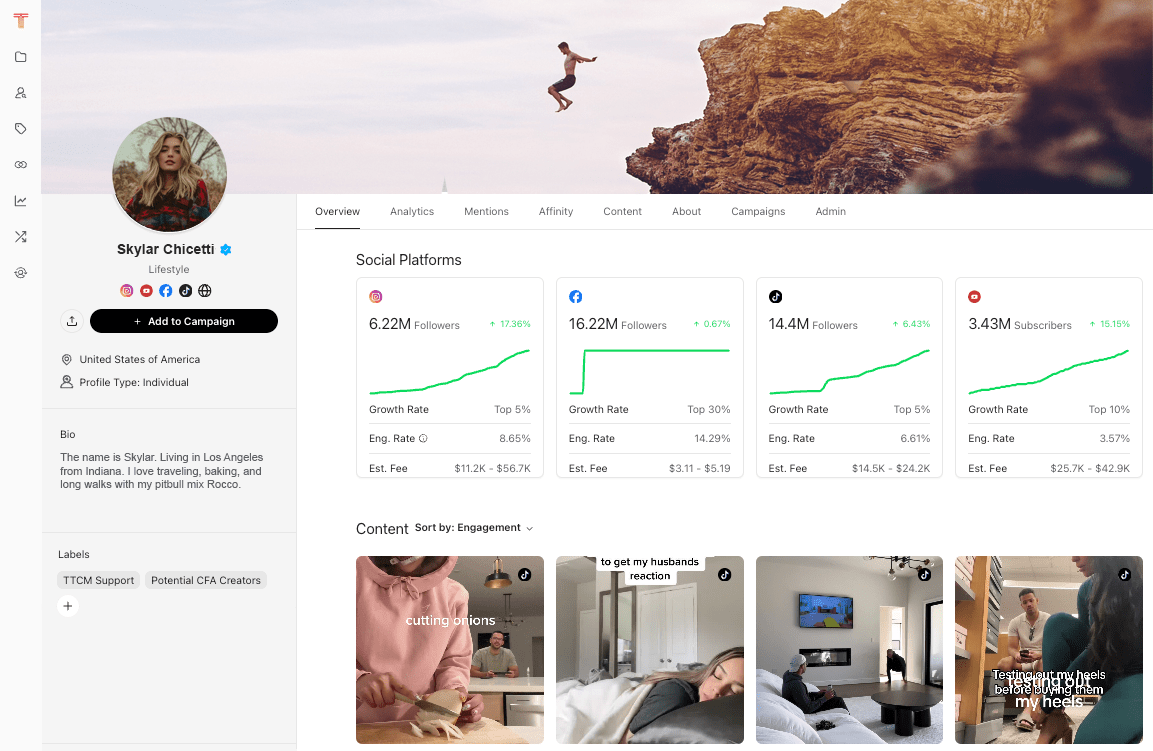
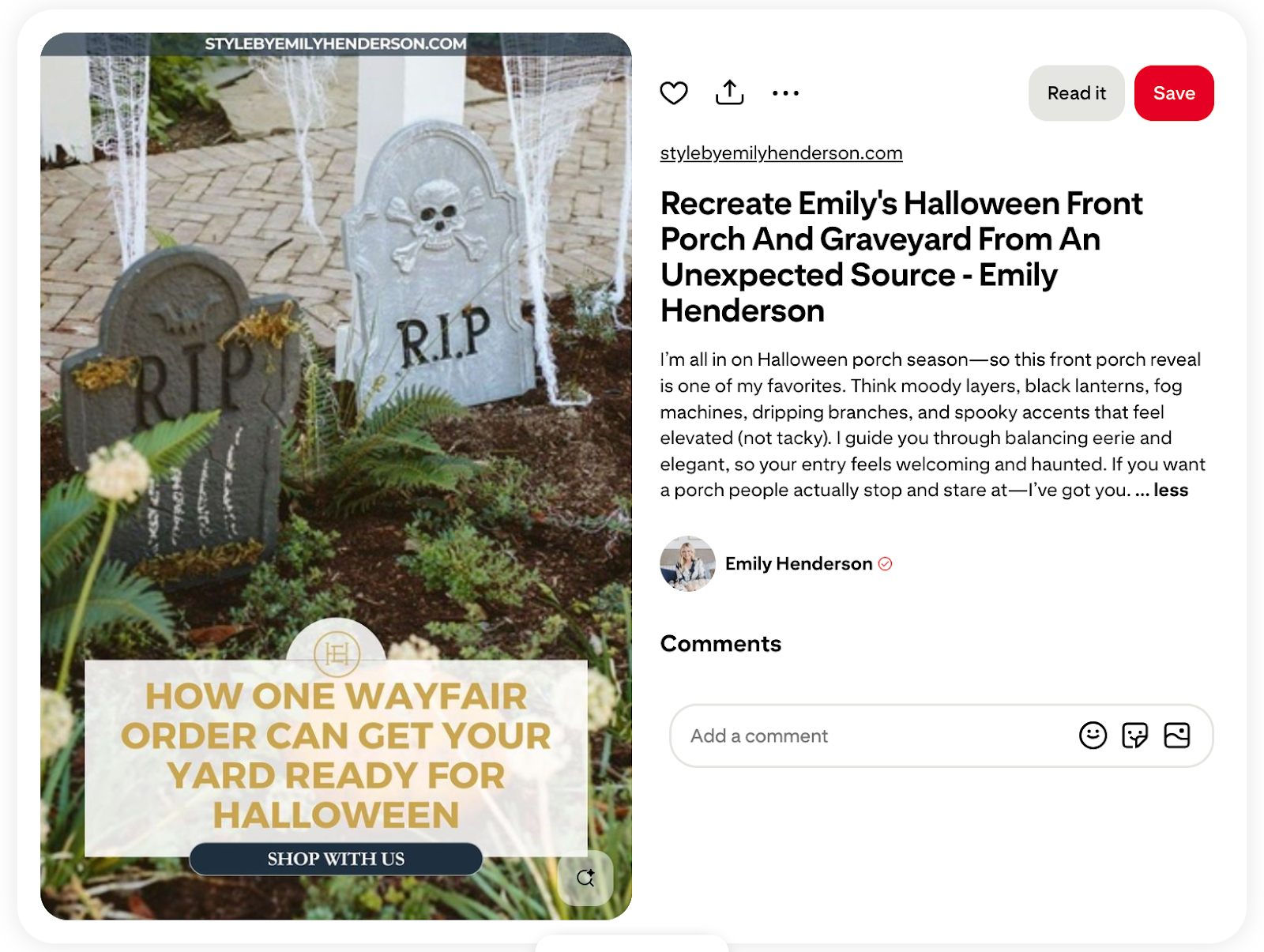
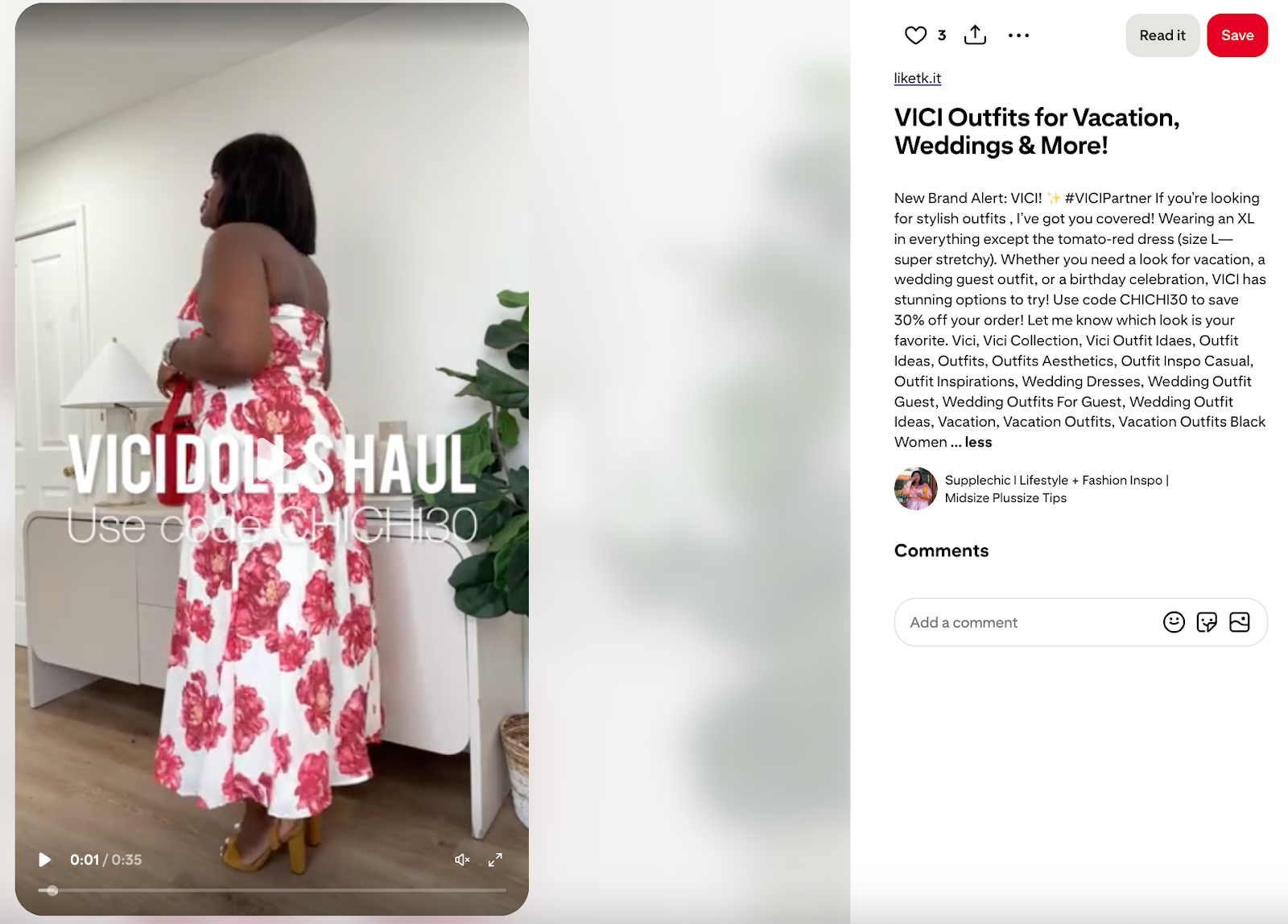

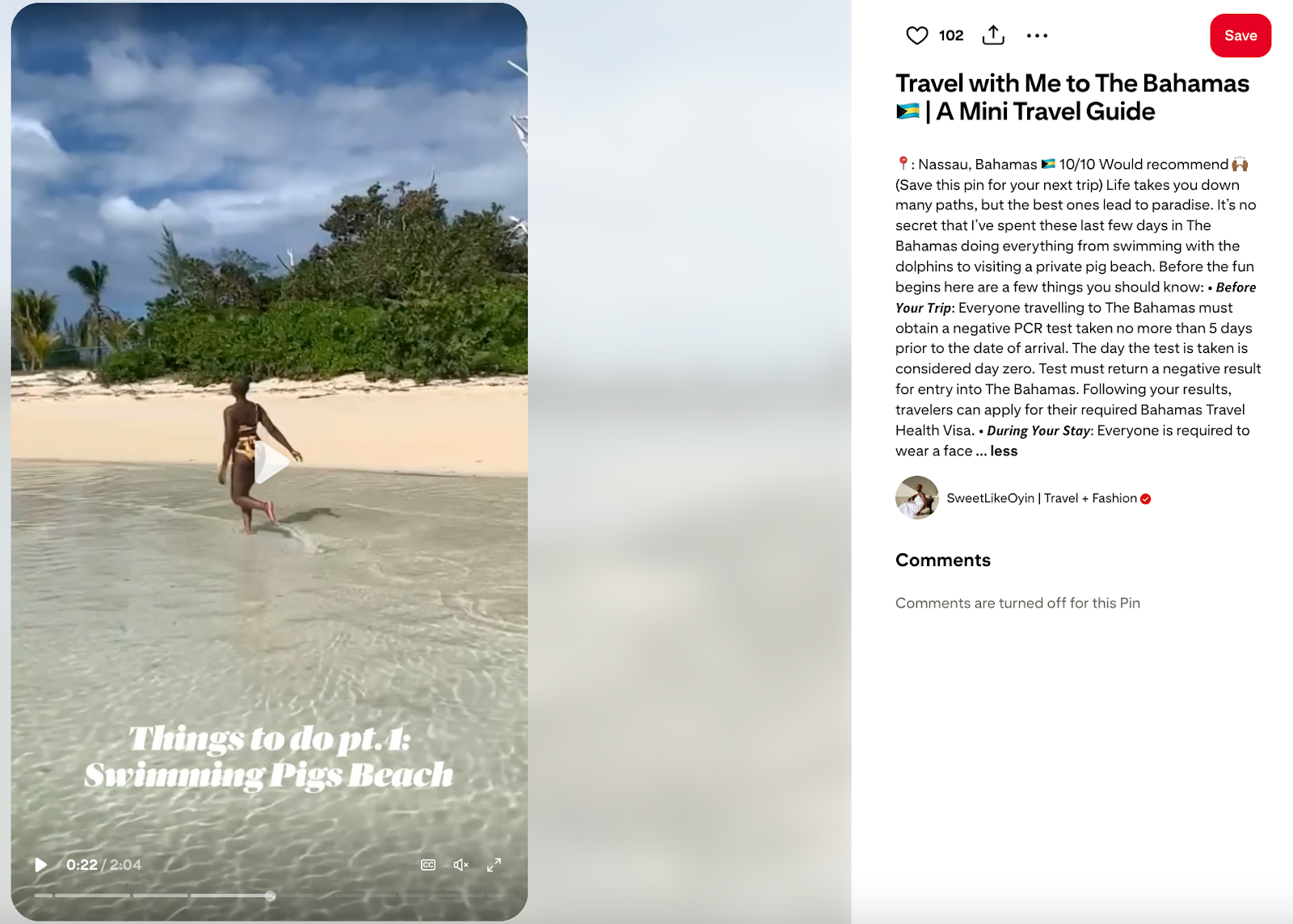
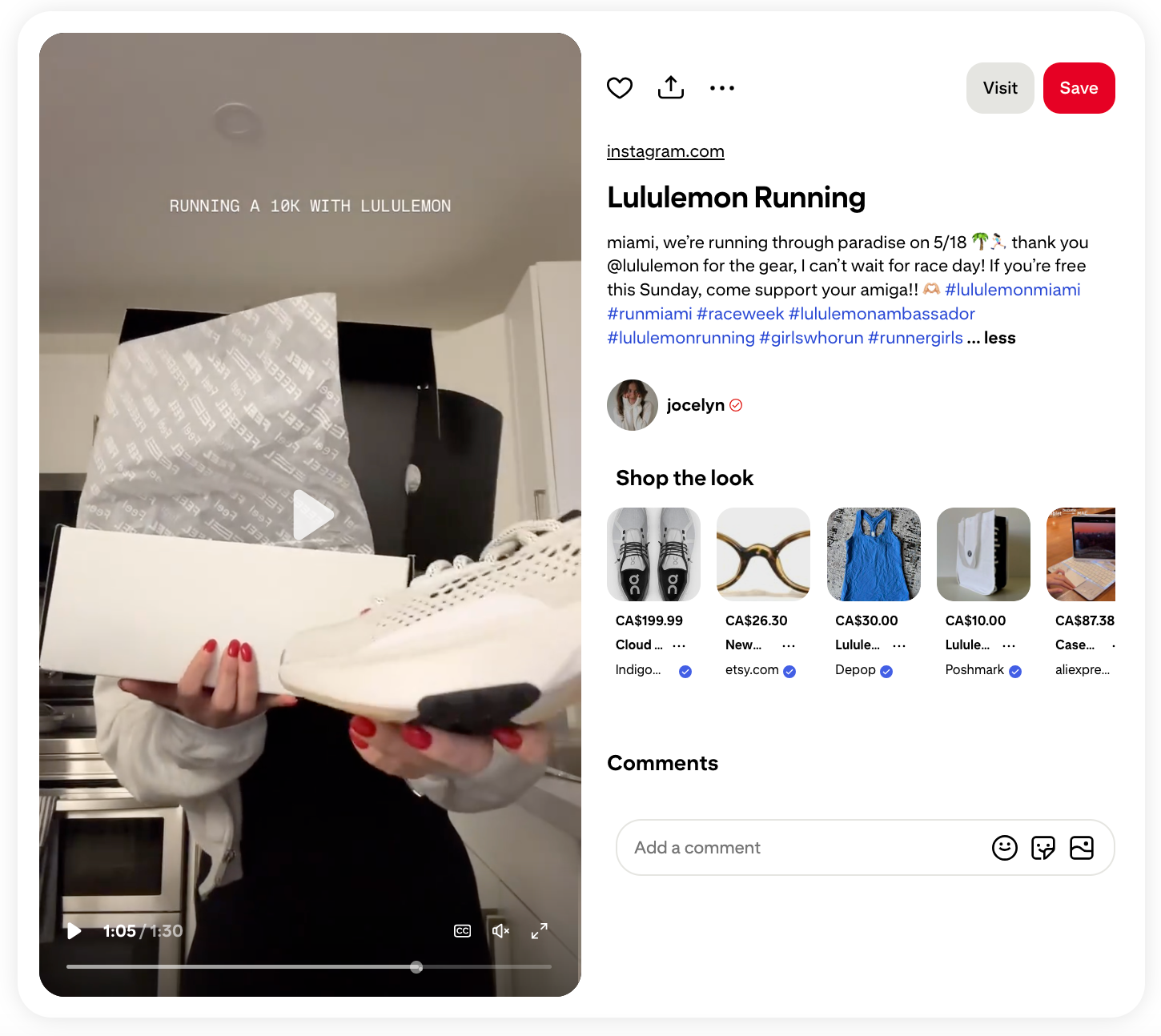

Share